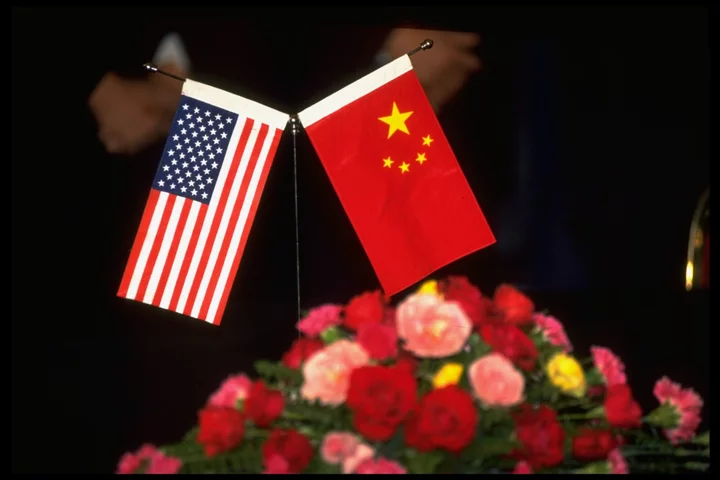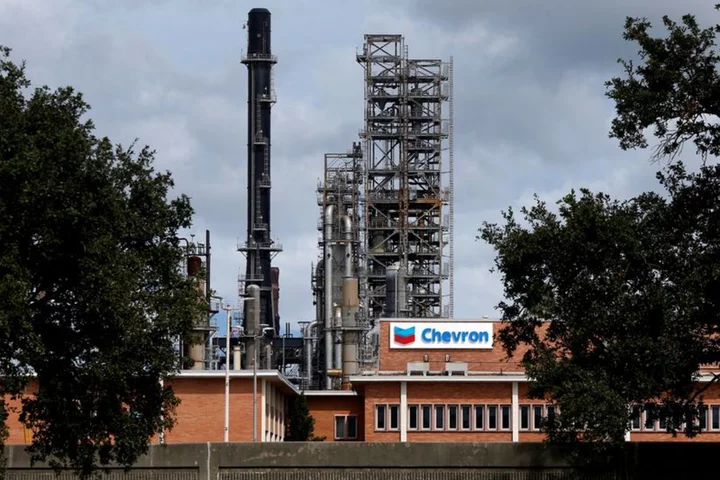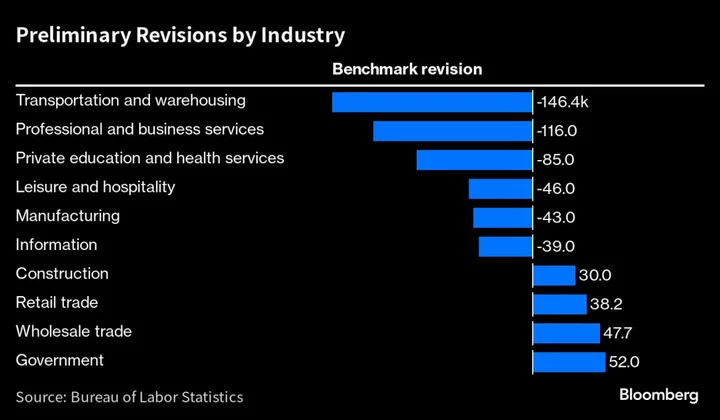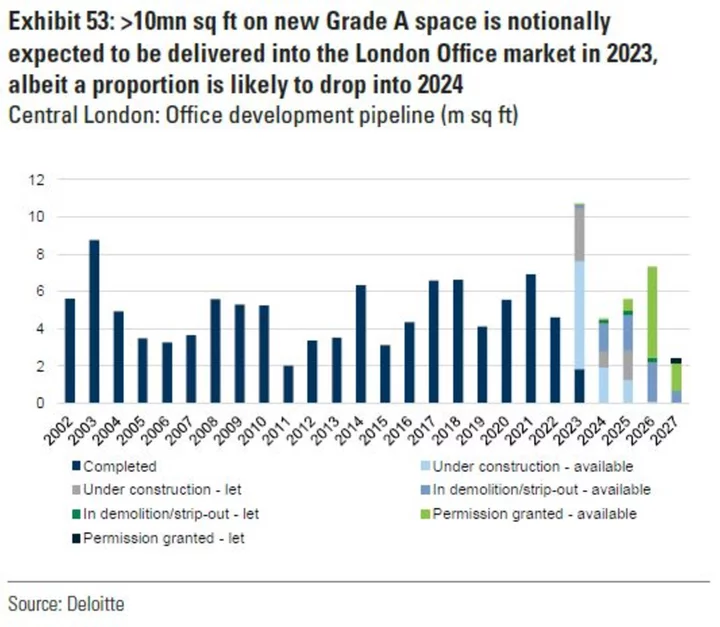Manufacturing activity remained muted in Asia ahead of the peak holiday season, extending its protracted slump this year.
Factory activity in the region mostly worsened in September as lackluster global demand for goods drove a decrease in output and new work, according to the manufacturing purchasing managers’ index published Monday by S&P Global and au Jibun Bank.
Japan’s PMI slowed slightly to 48.5 last month from 49.6 in August, falling even further from the 50 mark that separates expansion from contraction.
Taiwan’s gauge posted sizeable jump to 46.4 from 44.3, signaling a softer downturn last month. The global slump has hit the export-oriented economy hard, keeping its PMI deep in the red since May 2022.
The manufacturing revival in Southeast Asia likewise lost steam with even the region’s best performer Indonesia seeing expansion slow to 52.3 in September from 53.9 the month before. Factories in Vietnam saw activity shrink after a month of expansion, joining the likes of Thailand, Malaysia, Myanmar. Only the Philippines saw an improvement, flipping from contraction to expansion.
The latest data flashes warning signs as manufacturing settles into its peak season ahead of the Christmas and New Year holidays. It undercuts cautious optimism that the global economy is finding itself on steadier footing, with consumer demand and exports firming up in some quarters.
It promises to be a tricky path ahead for manufacturers as the onset of the El Nino dry spell and tighter oil supply threatens to revive cost pressures and keep borrowing costs higher for longer.
Earlier, data out of China showcased how precarious the recovery could be. Its official manufacturing PMI rose to 50.2 last month — the first expansion since March. However, the more export-oriented Caixin manufacturing PMI fell to a lower-than-expected 50.6, although still in expansion territory after the nation rolled out stimulus.









